Excerpt from article published in Spring 2019, Ethical Boardroom Magazine
Independent external board evaluations emerged in parallel with the general development of the governance code for companies. The question now arises whether their current shape is fit for purpose in the modern corporate environment, where society/CSR and employee engagement are playing an increasing part in the context of a company’s right to operate and accumulate numerous benefits and advantages from society?
As the code of governance became more formal, so the question arose of how the effectiveness of the board would be monitored. While the legal aspects of operating a company has a built-in ‘monitor’ through the courts and regulatory agencies, governance monitoring has emerged as a voluntary process, over which the company and board have significant discretion and control. Best practice has been led by the FTSE 100 companies and influenced by the governance compliance indexes, which inform the investor communities of the ‘governance footprint’ of a company.
The emerging code and evaluation
Under the FRC (Financial Reporting Council) Governance Code, the use of independent external board evaluation has staggered into existence in the form it has today. Emerging from the Higgs Report in 2003 the combined code suggested good practice to be ‘an annual evaluation of board performance’ with the suggestion that ‘use of an external third party will bring objectivity to the process’. The 2006 code retained the annual performance evaluation, but the reference to external facilitation disappeared!
It wasn’t until 2010 that an externally facilitated review at least every three years became part of the code for the FTSE 350, this included a statement of the facilitator’s connection to the company. The following year the FRC produced a ‘Guidance on Board Effectiveness’, which set out a detailed approach to the ‘independent externally facilitated board evaluation’. This started a process of creating a board evaluation standard, but which was still voluntary under the ‘comply or explain’ doctrine.
Since 2011 the ‘independent external board evaluation’ process has meandered on, with various failed attempts at a code of practice, including our own code of Advanced Boardroom Excellence published in 2014, which sought to advance the discussion. All these endeavours called for greater formalisation of what would be covered by a board review. Consequently, the interpretation of what should be covered in an independent and externally facilitated review was, and still is, at the discretion of the board and covers a wide range of standards applied to supporting the effectiveness of the board.



